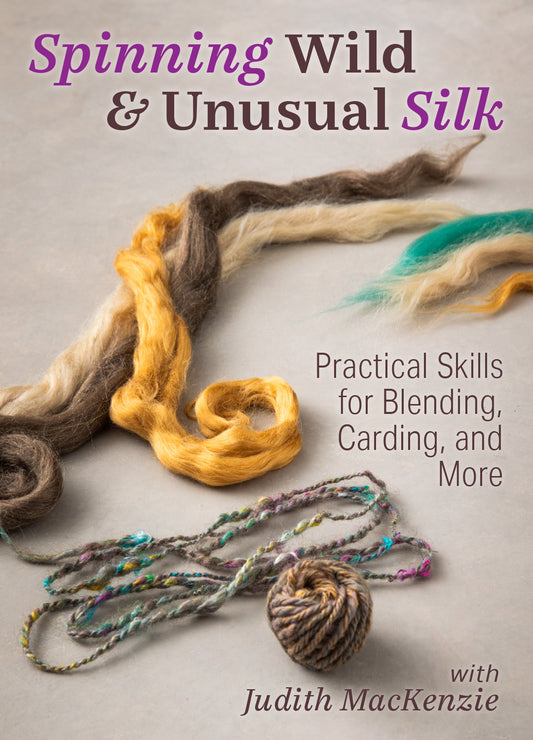The Silk and Its Spellbinding Journey
The Silk and Its Spellbinding Journey The silk, also known as the "Queen of Textiles", has a history that dates back over 5,000 years. It is said to have originated in China, where it was first produced by spinning the fibers of the silkworm into yarn. From there, it spread to other parts of Asia, Europe, and eventually the world. The silk's journey was not without challenges. It faced many obstacles, including extreme weather conditions, long distances, and even wars. However, these challenges were overcome, and the silk continued to travel the world, becoming a symbol of luxury and status. Today, the silk is still widely used in clothing, accessories, and even home decoration. Its soft texture, elegant appearance, and durability have made it a timeless classic. From its origins in China to its current use in every corner of the world, the silk has truly experienced a spellbinding journey.
"Cui Si", as it is pronounced in Chinese, refers to a natural protein fiber that is extracted from the cocoons of certain insects. This fiber, which has been in use for thousands of years, is not just a material for clothing and other textiles; it is also a symbol of beauty, wealth, and status. From ancient China to modern fashion houses, silk has always been associated with luxury and elegance.
The journey of silk begins when an insect, most commonly the silkworm, lays its eggs. These eggs hatch into larvae, which then feed on leaves and other plant materials. After several molts, the larvae transform into pupae, which encase themselves in cocoons. It is from these cocoons that the silk fibers are extracted.

The process of extracting silk fibers is both labor-intensive and skilled. The cocoons are first soaked in hot water to loosen the fibers, which are then wound onto a spool or thread. This thread is then further processed to create the desired texture and color. The end result is a strong, lightweight, and highly durable material that can be woven into a variety of textures and patterns.
Silk has numerous applications in the fashion and textile industries. It is used to make clothes, scarves, hats, and other accessories. The material's natural sheen and elegant texture make it a popular choice for evening gowns and other formal wear. Additionally, silk is also used in the production of home furnishing fabrics, such as curtains and upholstery.
However, the use of silk goes far beyond the realm of fashion and textiles. Silk fibers have been found in ancient tombs and archeological sites, indicating that they were used for a variety of purposes in ancient times. These purposes include writing, painting, and even medicinal treatments. The uses of silk are so diverse that it is difficult to imagine a world without it.

Unfortunately, the production of silk has also been associated with a number of challenges. The silkworm population has experienced numerous declines due to disease and habitat destruction. Additionally, the extraction process itself can be labor-intensive and costly. However, with the development of new technologies and sustainable practices, these challenges are being overcome.
One such technology is genetic engineering, which allows researchers to modify the DNA of silkworms to create new varieties with improved qualities or traits. For example, researchers have created genetically modified silkworms that produce stronger or more durable fibers. These new varieties of silk can help to reduce the overall cost of production while maintaining or even increasing the quality of the final product.
Another sustainable practice is recycling old silk fabrics into new ones. This process not only helps to reduce waste but also helps to conserve natural resources by reducing the need for new raw materials. Recycling also helps to support sustainable communities by providing jobs and income opportunities for those who are employed in the recycling industry.

In conclusion, silk has played a significant role in human history and culture for thousands of years. From its earliest uses in ancient China to its modern applications in fashion and technology, silk has always been associated with beauty, wealth, and status. However, it is important that we take steps to conserve and protect this valuable resource while also developing sustainable practices to ensure its long-term viability.
Articles related to the knowledge points of this article:
How to Clean a Down Jacket Effectively
Elderly Down Jackets: A Guide to Staying Warm and Stylish in Winter
Black Suit Pairings: The Perfect Color Belt to Elevate Your Style
Title: The Art of Scarification: A Comprehensive Guide to Scarification Techniques



